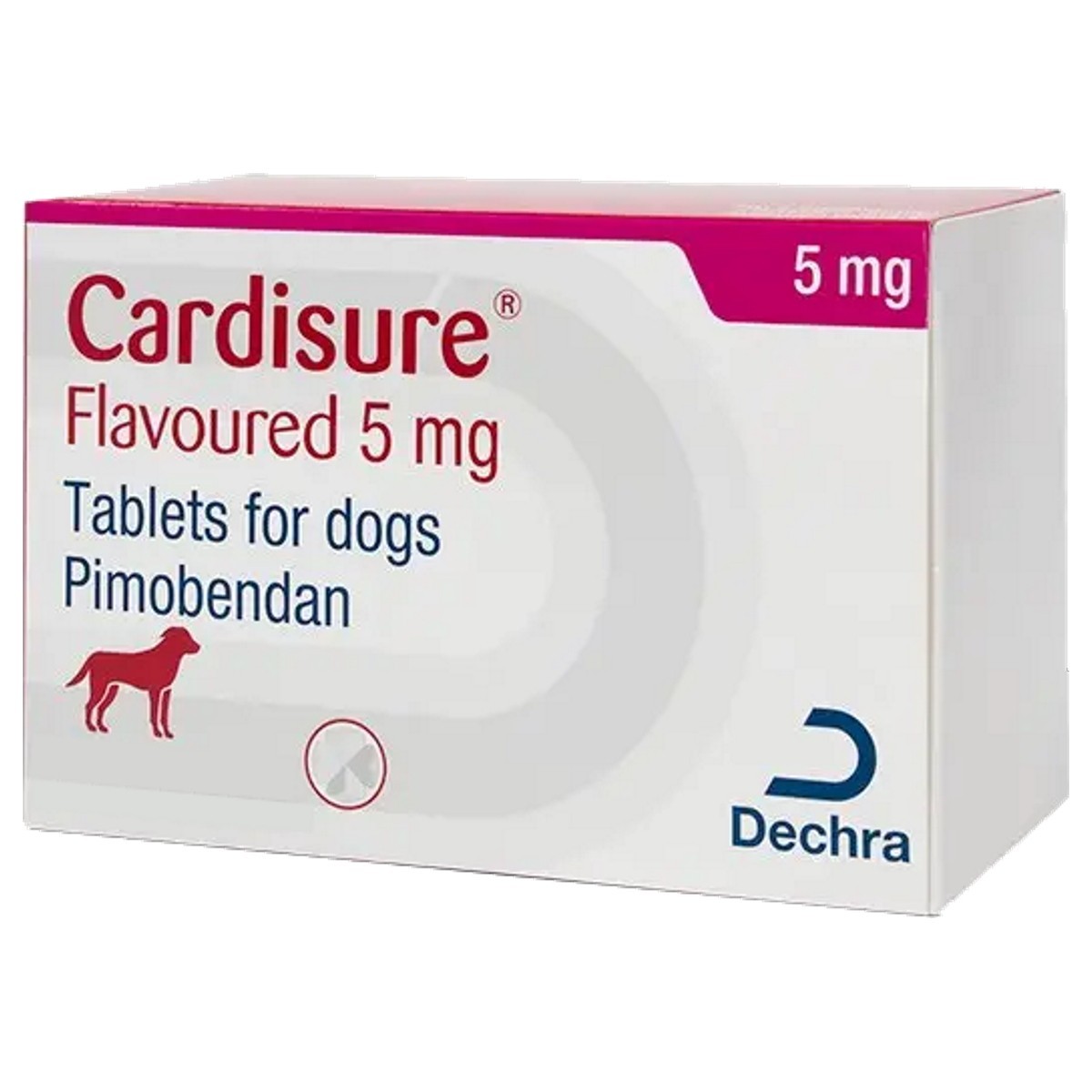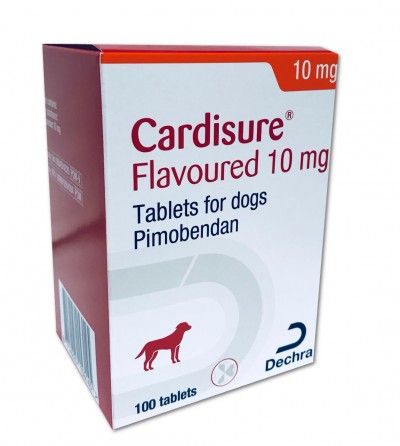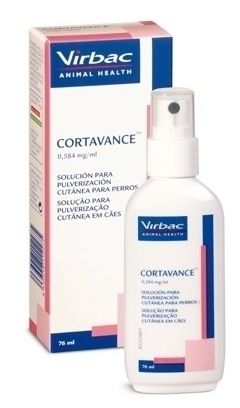Cardalis® 2.5 mg/20 mg, 5 mg/40 mg, 10 mg/80 mg chewable tablets for dogs Species: Dogs Therapeutic indication: Pharmaceuticals: Cardiovascular and respiratory preparations Active ingredient: Benazepril Hydrochloride, Spironolactone Product:Cardalis® 2.5 mg/20 mg, 5 mg/40 mg, 10 mg/80 mg chewable tablets for dogs Product index: Cardalis Qualitative and quantitative composition Each chewable tablet contains: Active substances: Benazepril hydrochloride (HCl) (benazeprilum HCl) Spironolactone (spironolactonum) Cardalis 2.5 mg/20 mg tablets 2.5 mg 20 mg Cardalis 5 mg/40 mg tablets 5 mg 40 mg Cardalis 10 mg/80 mg tablets 10 mg 80 mg Excipients: For the full list of excipients, see section Pharmaceutical particulars. Pharmaceutical form Chewable tablet. Brown palatable oblong shaped chewable tablets with a score line. The tablets can be divided into equal halves. Clinical particulars Target species Dogs. Indications for use, specifying the target species For the treatment of congestive heart failure caused by chronic degenerative valvular disease in dogs (with diuretic support as appropriate). Contraindications Do not use during pregnancy and lactation (see section Use during pregnancy, lactation or lay). Do not use in dogs intended or used for breeding. Do not use in dogs suffering from hypoadrenocorticism, hyperkalaemia or hyponatraemia. Do not administer in conjunction with Non Steroidal Anti-Inflammatory Drugs (NSAIDs) to dogs with renal insufficiency. Do not use in case of hypersensitivity to Angiotensin-Converting Enzyme inhibitors (ACE inhibitors) or to any of the excipients. Do not use in cases of cardiac output failure due to aortic or pulmonary stenosis. Special warnings None. Special precautions for use Special precautions for use in animals Kidney function and serum potassium levels should be evaluated before initiating the treatment with benazepril and spironolactone, especially in dogs which may suffer hypoadrenocorticism, hyperkalaemia or hyponatraemia. Unlike in humans, an increased incidence of hyperkalaemia was not observed in clinical trials performed in dogs with this combination. However, regular monitoring of renal function and serum potassium levels is recommended in dogs with renal impairment, as they may have an increased risk of hyperkalaemia during treatment with this product. Due to the antiandrogenic effect of spironolactone, it is not recommended to administer the veterinary medicinal product to growing dogs. Reversible prostatic atrophy in entire male dogs treated with spironolactone was noted in a Target Animal Safety study at the recommended dose. The product should be used with caution in dogs with hepatic dysfunction because it may alter the extensive biotransformation of spironolactone in liver. Special precautions to be taken by the person administering the veterinary medicinal product to animals People with known hypersensitivity to spironolactone or benazepril should avoid contact with the product. Pregnant women should take special care to avoid accidental oral exposure because ACE inhibitors have been found to affect the unborn child during pregnancy in humans. Accidental ingestion, particularly by children, may lead to adverse events such as drowsiness, nausea and vomiting and diarrhoea, and skin rashes. In case of accidental ingestion, seek medical advice immediately and show the package leaflet or the label to the physician. Wash hands after use. Adverse reactions (frequency and seriousness) Vomiting, diarrhoea and pruritis have been reported very rarely in spontaneous reports. Use during pregnancy, lactation or lay Do not use during pregnancy and lactation. Embryotoxic effects (foetal urinary tract malformation) were seen in trials of benazepril with laboratory animals (rats) at maternally non-toxic doses. Interaction with other medicinal products and other forms of interaction Furosemide has been used together with this combination of benazepril hydrochloride and spironolactone in dogs with heart failure without any clinical evidence of adverse interactions. The concomitant administration of this veterinary medicinal product with other anti-hypertensive agents (e.g. calcium channel blockers, β-blockers or diuretics), anaesthetics or sedatives may potentially lead to additive hypotensive effects. The concomitant administration of this veterinary medicinal product with other potassium-sparing treatments (such as ß-blockers, calcium channels blockers, angiotensin receptor blockers) may potentially lead to hyperkalaemia (see section Special precautions for use). The concomitant use of NSAIDs with this veterinary medicinal product may reduce its antihypertensive effect, its natriuretic effect and increase the level of serum potassium. Therefore, dogs treated concomitantly with an NSAID should be closely monitored and correctly hydrated. The administration of deoxycorticosterone with the product may lead to a moderate reduction of the natriuretic effects (reduction of urinary sodium excretion) of spironolactone. Spironolactone decreases digoxin elimination and hence raises digoxin plasma concentration. As the therapeutic index for digoxin is very narrow, it is advisable to monitor closely dogs receiving both digoxin and a combination of benazepril hydrochloride and spironolactone. Spironolactone may cause both induction and inhibition of cytochrome P450 enzymes and could affect the metabolism of other substances utilizing these metabolic pathways. Therefore, the product should be used with caution with other veterinary medicinal products which induce, inhibit, or which are metabolised by these enzymes. Amounts to be administered and administration route This fixed combination product should only be used in dogs which require both active substances to be administered concomitantly at this fixed dose. Oral use. Cardalis chewable tablets should be administered to the dog once a day at a dosage of 0.25 mg/kg bodyweight (bw) benazepril hydrochloride (HCl) and 2 mg/kg bodyweight spironolactone, according to the following dosage table. The tablets should be administered with food, either mixed with a small amount of food offered to the dog just prior to the main meal, or with the meal itself. The tablets contain beef flavouring to improve palatability, and in a field study conducted in dogs with chronic degenerative valvular disease the tablets were voluntarily and fully consumed 92% of the time when offered either with or without food. Bodyweight (kg) of dog Strength and number of tablets to be administered: Cardalis 2.5mg/20mg chewable tablets Cardalis 5mg/40mg chewable tablets Cardalis 10mg/80mg chewable tablets 2.5 - 5 ½ 5 - 10 1 10 - 20 1 20 - 40 1 40 - 60 1 + ½ 60 - 80 2 Overdose (symptoms, emergency procedures, antidotes), if necessary After administration of up to 10 times the recommended dose (2.5 mg/kg bw benazepril hydrochloride, 20 mg/kg bw spironolactone) to healthy dogs, dose dependant adverse effects were noted (see section Adverse reactions). Daily overdoses to healthy dogs, that is, 6 times (1.5 mg/kg bw benazepril hydrochloride and 12 mg/kg bw spironolactone) and 10 times (2.5 mg/kg bw benazepril hydrochloride and 20 mg/kg bw spironolactone) the recommended dose, led to a slight dose related decrease in red cell mass. However, this very slight decrease was transient, the red cell mass remained within the normal range, and the finding was not considered to be of clinical importance. A dose related but moderate compensatory physiological hypertrophy of the zona glomerulosa of the adrenal glands was also observed at doses of 3 times and greater of the recommended dose. This hypertrophy does not seem to be linked to any pathology and was observed to be reversible upon discontinuation of the treatment. In case of the accidental ingestion by a dog of many Cardalis chewable tablets, there is no specific antidote or treatment. It is therefore recommended to induce vomiting, and then carry out gastric lavage (depending on the risk assessment) and monitor electrolytes. Symptomatic treatment, e.g., fluid therapy, should also be provided. Withdrawal period(s) Not applicable. Pharmacological particulars Pharmacotherapeutic group: Agents acting on the renin-angiotensin system, ACE inhibitors, combinations. ATCvet code: QC09BA07. Pharmacodynamic properties Spironolactone and its active metabolites (including 7-α-thiomethyl-spironolactone and canrenone) act as specific antagonists of aldosterone by binding competitively to mineralocorticoid receptors located in the kidneys, heart and blood vessels. In the kidney, spironolactone inhibits the aldosterone-induced sodium retention leading to increase in sodium, and subsequently water excretion, and potassium retention. The resulting reduction in extracellular volume decreases the cardiac preload and left atrial pressure. The result is an improvement in heart function. In the cardiovascular system, spironolactone prevents the detrimental effects of aldosterone. Aldosterone promotes myocardial fibrosis, myocardial and vascular remodelling and endothelial dysfunction, although the precise mechanism of action is not yet clearly defined. In experimental models in dogs, it was shown that long term therapy with an aldosterone antagonist prevents progressive left ventricle dysfunction and attenuates left ventricle remodelling in dogs with chronic heart failure. Benazepril hydrochloride is a prodrug hydrolysed in vivo into its active metabolite, benazeprilat. Benazeprilat is a highly potent and selective inhibitor of angiotensin converting enzyme (ACE), thus preventing the conversion of inactive angiotensin I to active angiotensin II. Therefore, it blocks effects mediated by angiotensin II, including vasoconstriction of both arteries and veins, retention of sodium and water by the kidney. The product causes a long-lasting inhibition of plasma ACE activity in dogs, with more than 95% inhibition at peak effect and significant activity (>80%) persisting 24 hours after dosing. The association of spironolactone and benazepril is beneficial as both act on the renin-angiotensinaldosterone system (RAAS) but at different levels along the cascade. Benazepril, by preventing the formation of Angiotensin-II, inhibits the detrimental effects of vasoconstriction and stimulation of aldosterone release. However, aldosterone release is not fully controlled by ACE Inhibitors because Angiotensin-II is also produced by non-ACE pathways such as chymase (phenomenon known as “aldosterone breakthrough”). Secretion of aldosterone can also be stimulated by factors other than Angiotensin-II, notably K+ increase or ACTH. Therefore, to achieve a more complete inhibition of the deleterious effects of RAAS overactivity which occurs with heart failure, it is recommended to use aldosterone antagonists, such as spironolactone, concomitantly with ACE inhibitors to block specifically the activity of aldosterone (regardless of the source), through competitive antagonism on mineralocorticoid receptors. Clinical studies investigating the survival time demonstrated that the fixed combination increased the life expectancy in dogs with congestive heart failure with a 89% reduction in the relative risk of cardiac mortality assessed in dogs treated with spironolactone in combination with benazepril (as the hydrochloride) compared to dogs treated with benazepril (as hydrochloride) alone (mortality was classified as death or euthanasia due to heart failure). It also allowed a quicker improvement of cough and activity and a slower degradation of cough, heart sounds and appetite. A slight increase in aldosterone blood levels may be observed in animals on treatment. This is thought to be due to activation of feedback mechanisms without adverse clinical consequence. There may be a dose related hypertrophy of the adrenal zona glomerulosa at high dose rates.In a field study conducted in dogs with chronic degenerative valvular disease 85.9% of dogs showed good compliance with treatment (≥90% of prescribed tablets successfully administered) over a three month period.













